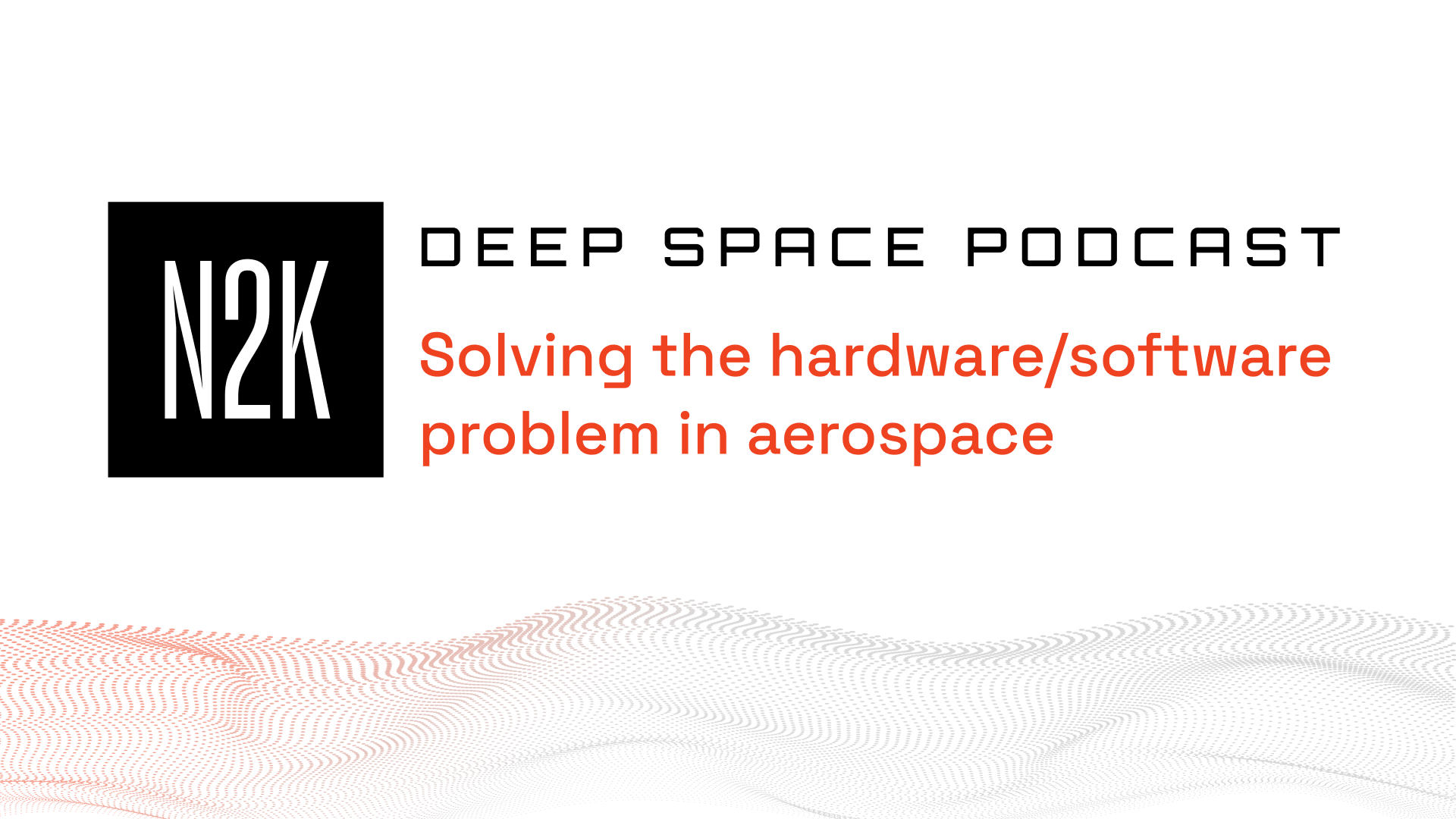I recently joined Maria Varmazis on N2K’s T-Minus Deep Space to talk about why hardware teams still struggle with browser-era dashboards and how we are fixing that at Sift.
I framed the problem in simple terms. In hardware testing, quality erodes when high-rate, time-synced telemetry overwhelms today’s tools. Our goal at Sift is to ensure our customers buy down cost and risk across the lifecycle.
Today many teams still run tests, export data to MATLAB or Jupyter, and manually check plots just to confirm baseline behavior. That is slow, fragile, and easy to miss. With Sift, high-rate data lands in one unified system across the hardware lifecycle: Ingestion + compute + visualization (not a dashboard bolt-on) where pass and fail logic is captured as versioned, shareable checks, executed in-stream on every run, and stored with evidence-grade, time-stamped artifacts and review history. The result is faster reviews, fewer misses, and knowledge that persists as teams change.
In the podcast we dove into the core challenges engineers face with high-frequency sensor data and explained why Sift helps cut through the noise. Our path from SpaceX to founding Sift comes from firsthand experience with the limits of existing tools.
Key takeaways:
- The gap: Hardware-first orgs underinvest in software tooling. Add ITAR and clearance limits, and the people best suited to fix the problem are often not in the room. Visualization-only layers lack native ingestion, schema normalization, and auditability.
- The data reality: Modern machines stream extreme volumes, from tens of thousands of samples per second to millions of samples per second. Stacks that sit on top of time-series databases choke, and engineers end up in slow UIs, brittle scripts, and manual reviews.
- The status quo isn’t working: Generic software stacks were not built for time-aligned telemetry. High-rate signals, mixed sampling, and long runs overwhelm Javascript in browsers, BI charts, and ad hoc notebooks making stateful, cross-run comparisons impractical.
- What Sift delivers: High-rate ingestion, fast search, time-aligned visualization, and no-code checks and rules so technicians and engineers can validate behavior without needing to write Python or SQL.
- Why it matters: Automating baseline review shifts time to real root-cause analysis, reduces human-introduced risk, and captures and codifies institutional knowledge as teams grow and change.
- Beyond space: We see the same pattern with customers in rail, maritime, and energy. Generic software tools fail under high-rate telemetry. Sift provides a unified stack from R&D to sustainment instead of a patchwork of dashboards.
- The mission: Buy down cost and risk across the lifecycle so programs make it to that fourth launch with evidence, not luck.
If you are building complex machines and want fewer blind spots and faster decisions, give the episode a listen and let me know what you think. - Karthik



